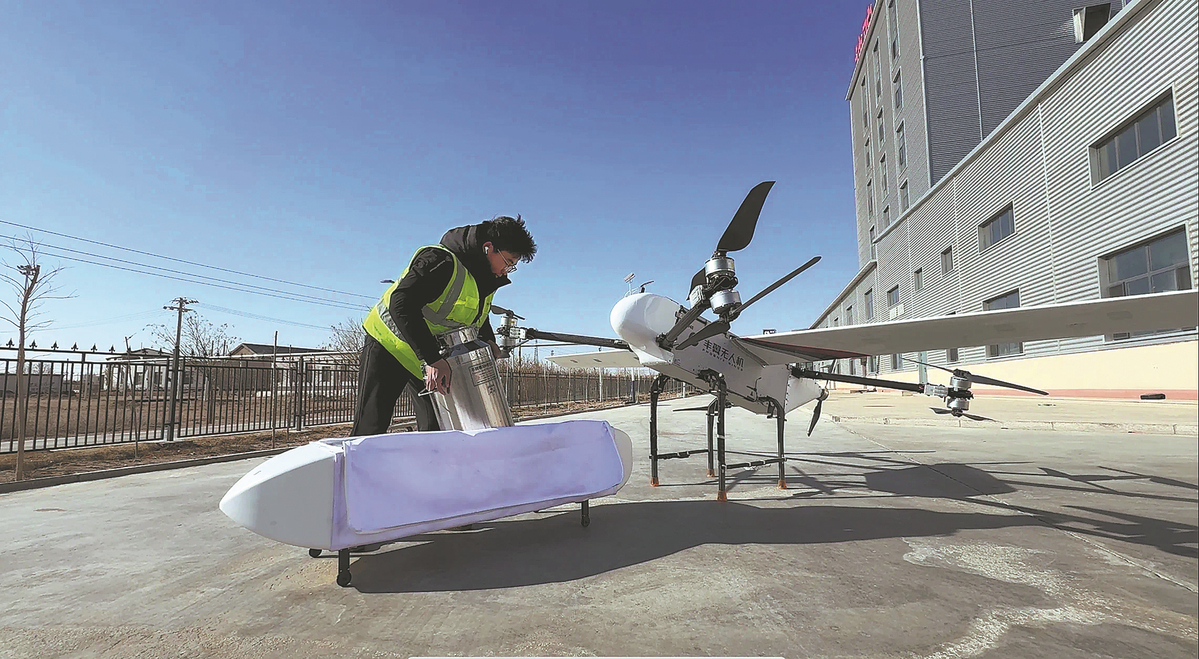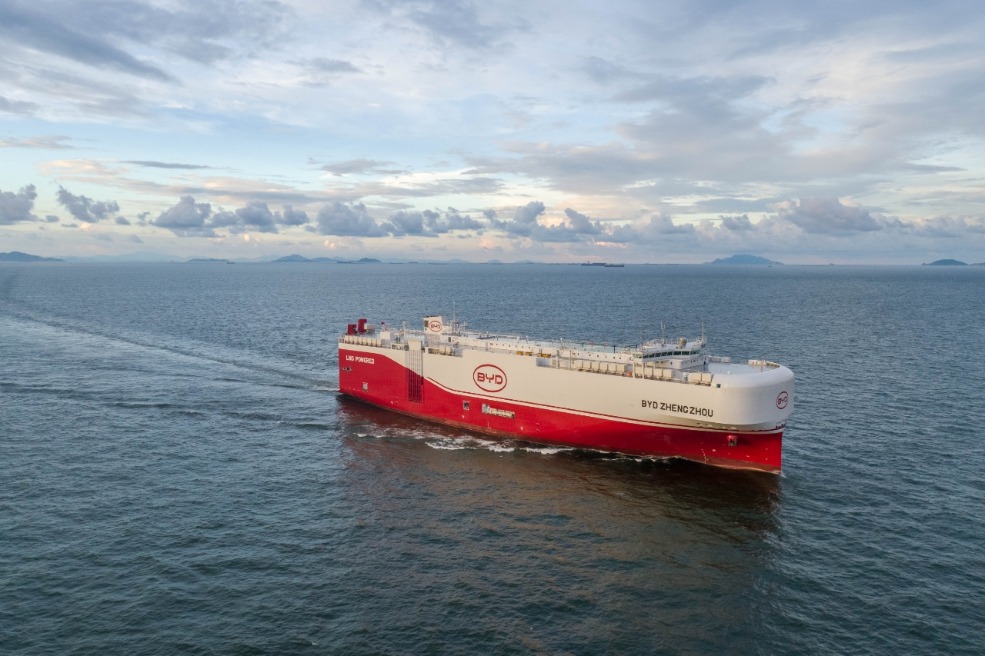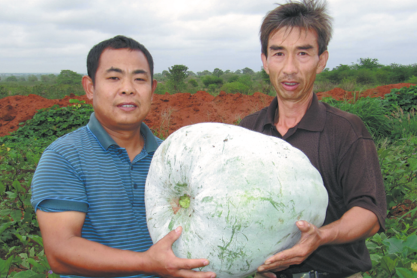Long-distance deliveries now a reality


Have you ever imagined craving a meal from a restaurant 80 kilometers away, and wondering how it would be delivered to your doorstep and how long it would take?
In a recent low-altitude test flight project in Togtoh county of Hohhot, Inner Mongolia autonomous region, long-distance food delivery is becoming a new reality for local residents.
During the demonstration, a cooked Yellow River carp was flown nearly 80 kilometers from Togtoh county by an unmanned aerial vehicle (UAV), crossing the Yellow River and arriving at Hohhot's aerospace economic development zone after about 40 minutes. From there, a delivery rider completed the final few hundred meters, bringing the freshly cooked dish straight to the diner's table.
The test flight used the FS35E, a medium-to-long-range logistics UAV developed by the Xi'an, Shaanxi province-based Satpro M&C Tech Co Ltd. Capable of reaching speeds up to 108 kilometers per hour, the drone operated in beyond-visual-line-of-sight (BVLOS) mode at an altitude of 300 meters, completing the 80-kilometer journey in just around 40 minutes.
"This marks the opening of the first low-altitude logistics application route in Hohhot, and its success serves as a model for advancing low-altitude logistics networks across the city," the Hohhot municipal government said in its statement.
Likely, with clear airspace and geographical advantages, Inner Mongolia's Alshaa League, has also been using UAV transportation to invigorate the local camel milk industry.
Earlier this year, the Alshaa League government partnered with major logistics service provider SF Express to launch a UAV-based camel milk transport program.
Fresh camel milk collected from a local livestock farm was airlifted by drone to a processing facility over 20 km away. The delivery takes just five to six minutes, preserving the milk's freshness and nutritional value to the greatest extent possible.
"By actively applying UAV transport and low-altitude economy technologies, we have significantly boosted production efficiency and product quality, giving us greater confidence in developing the camel milk industry," said Wang Hanlin, general manager of the camel milk processing facility.
Wang added that this year, the company aims to purchase no less than 8,000 metric tons of fresh camel milk, with a target production value of over 300 million yuan ($41.2 million). It also plans to explore more cooperation models to bring high-quality camel milk products to both domestic and international markets, he said.
Supporting innovations in low-altitude sectors, Inner Mongolia rolled out a series of key policies last year, including an implementation plan for high-quality development of low-altitude logistics (2024-27) and another implementation plan for low-altitude airspace management reform.
The initiatives aim to enhance airspace coordination, improve low-altitude logistics infrastructure and promote the high-quality development of the low-altitude economy.
"Inner Mongolia's vast land, sparse population and high costs of traditional overland transport make it particularly suitable for low-altitude applications — in many scenarios, using drones can save substantial costs," said Sun Liye, vice-president of UAV manufacturer United Aircraft Group.
Sun said that with advances such as vertical take-off and landing (VTOL) and extended endurance technologies, UAVs can be used more widely across emergency rescue, forest fire prevention, agricultural protection and border patrol, greatly expanding the production and living spaces for farmers and herders in Inner Mongolia.
According to the 2024-27 implementation plan, by 2027, Inner Mongolia will have 33 general aviation airports and 100 standardized temporary takeoff and landing sites. The region will also build 500 automated UAV airports and VTOL sites, as well as establish 10 regular low-altitude logistics routes.
In terms of low-altitude manufacturing, it aims to cultivate three to five leading enterprises and 30 research and manufacturing firms, forming a comprehensive low-altitude economy ecosystem encompassing manufacturing, operations, services and support, according to the plan.




































